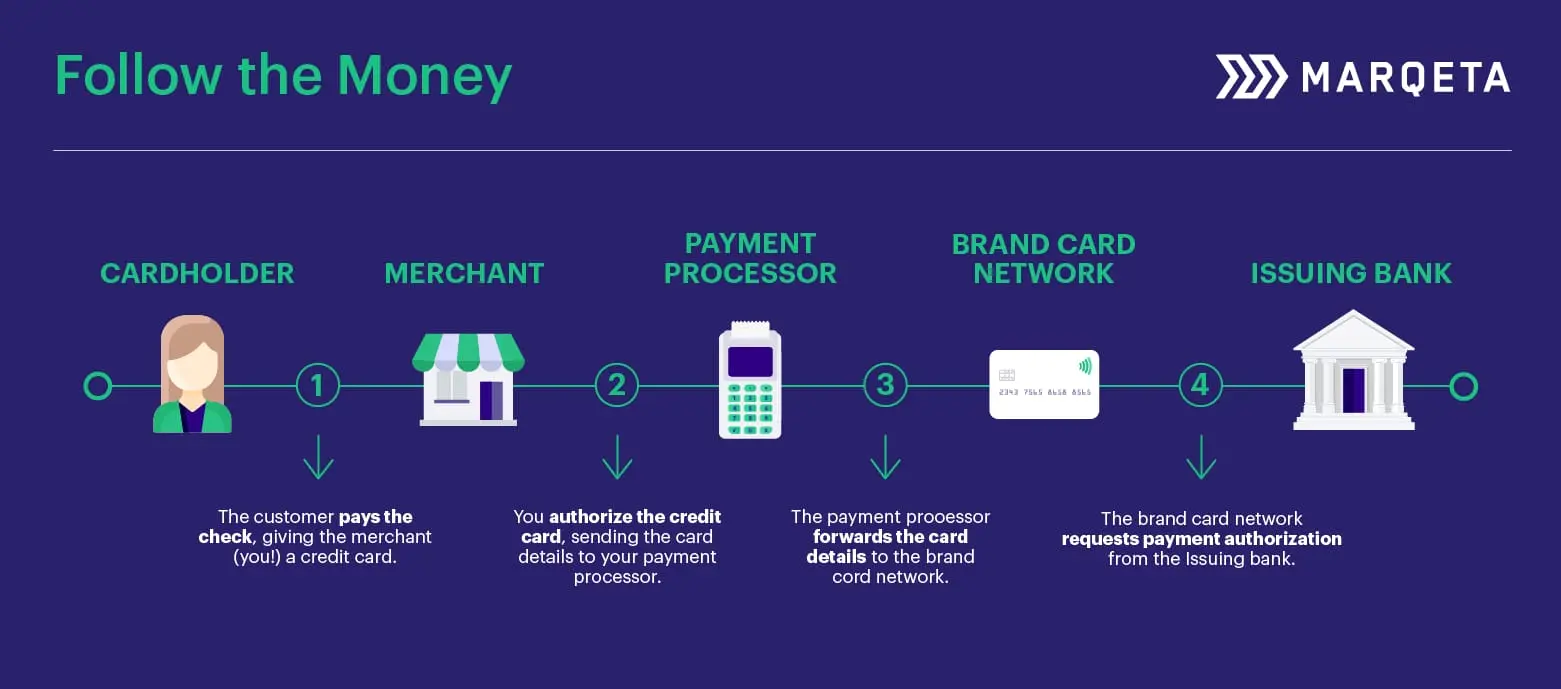Demystifying Cards
Key costs in building your card programme
Every card transaction involves multiple parties, with each party bearing costs or receiving revenue associated with the part they play. In some cases, different parties share or pass on part of the cost to others in the transaction cycle – for example, when it comes to fraud.
However, whilst looking at the micro costs within the transaction flow is beneficial (refer to a diagram later on maybe in the appendix), it’s macro costs that will be the biggest factor affecting your bottom line once your card programme is live so it’s prudent to understand these early on.
Card production
Physical
It costs to design, produce and dispatch a security-compliant physical card. Offset against this though, is the biggest advantage of a modern-day physical card. Each time it’s used, you’re putting your brand in the hand of your cardholders and in the eye of the merchant.
It costs to design, produce and dispatch a security-compliant physical card. Offset against this though, is the biggest advantage of a modern-day physical card. Each time it’s used, you’re putting your brand in the hand of your cardholders and in the eye of the merchant.
Virtual
Virtual cards eliminate all costs of card production and dispatch. With virtual, cardholders can start spending as soon as they have a virtual card and app. Virtual cards are also more secure as there’s no physical card to clone or lose.
Virtual cards eliminate all costs of card production and dispatch. With virtual, cardholders can start spending as soon as they have a virtual card and app. Virtual cards are also more secure as there’s no physical card to clone or lose.
Tokenised Cards
The tokenisation of a card enables card details to be used in a digital wallet. Tokenisation refers to the process of swapping out the credit or debit card details for a unique, randomised number known as a ‘token‘. The relationship between this ‘token’ and your actual card is stored securely which reduces the risk of your actual card details being stolen.
The tokenisation of a card enables card details to be used in a digital wallet. Tokenisation refers to the process of swapping out the credit or debit card details for a unique, randomised number known as a ‘token‘. The relationship between this ‘token’ and your actual card is stored securely which reduces the risk of your actual card details being stolen.
There is a cost per card for tokenising into a digital wallet – typically, from the payment processor.
Interchange
Issuer
A small fee is paid by the acquirer to the issuer on every card transaction. This interchange revenue covers the credit risk associated with, and handling charges of, a card transaction. This interchange fee is capped in Europe at around 20-30 bps or lower on consumer propositions, but on business propositions it’s more like 150 bps (In some cases 200bps.) Is there an opportunity for your card programme to claim a share of this interchange revenue?
A small fee is paid by the acquirer to the issuer on every card transaction. This interchange revenue covers the credit risk associated with, and handling charges of, a card transaction. This interchange fee is capped in Europe at around 20-30 bps or lower on consumer propositions, but on business propositions it’s more like 150 bps (In some cases 200bps.) Is there an opportunity for your card programme to claim a share of this interchange revenue?
Card network (scheme)
Revenue on a card programme starts with interchange. Every time there’s a transaction, there’s interchange revenue. However, the more parties in the ecosystem, the lower your share of interchange will be, so the more parties you can eliminate from the cycle (ie by doing things in-house) the greater your share of this potential income.
Revenue on a card programme starts with interchange. Every time there’s a transaction, there’s interchange revenue. However, the more parties in the ecosystem, the lower your share of interchange will be, so the more parties you can eliminate from the cycle (ie by doing things in-house) the greater your share of this potential income.
Fraud monitoring
While the whole industry wants to minimise fraud, typically it’s the bank that absorbs the cost of fraud. However, in many ways it’s everyone’s responsibility, so to protect themselves they’ll demand card programme owners comply with their risk policies, as well as carry out things such as KYC and AML checks and looking for suspicious transactions or behaviour.
Processor costs
The processor bears the cost of card network compliance and certification, which includes issuing cards, processing transactions, and 3D Secure checking.
Technology
A core part of any Fintech proposition is the tech. In addition to resources, there are costs around hosting (whether it’s with a cloud provider or on physical hardware), code repositories and other Development/Operations tools (DevOps for short) to consider.
Operations and marketing
“If a card programme is launched but nobody hears about it, did it really exist..?”
A card programme isn’t just about being able to take and make payments. That is at the heart of it. But it’s also about ensuring there are procedures for when things go wrong, cards need to be replaced and customers have issues. It’s also ensuring that customers hear about your proposition and understand what it’s all about. Both operations and marketing incur important costs that can determine the success of the programme.
Additional third-party agreements
Like most technology builds there’s always the question of ‘build it all yourself’ or ‘buy key components off the shelf’. With the rise of many mature fintechs offering key outsourced services like KYC and data aggregation, this pick and mix approach is becoming much more attractive and allows innovators to focus on building a proposition their customers love. Using third-party tools inevitably incurs a cost whether based on user numbers or fixed costs.
Resources
An obvious one but you’ll have a team of folks building, managing and marketing your card proposition likely starting off small and growing over time. At the very least you’ll rely on a team of developers, product experts, operations and marketing professionals to get your proposition to market.
Other costs
Bad debt
This is down to the money license holder. Like any business, a card programme creating its own payment products has to manage its own risk and subsequently any debt it’s owed or incurs as a result of doing business.
This is down to the money license holder. Like any business, a card programme creating its own payment products has to manage its own risk and subsequently any debt it’s owed or incurs as a result of doing business.
Why is understanding the costs important? It’s obvious but it’d be good to get a clear call out and a quote from someone here who has been through it before and understands why cost management is important.

Continue reading

Product
Legal
Location
© 2025 Marqeta, Inc. 180 Grand Avenue, 6th Floor, Oakland, CA 94612

